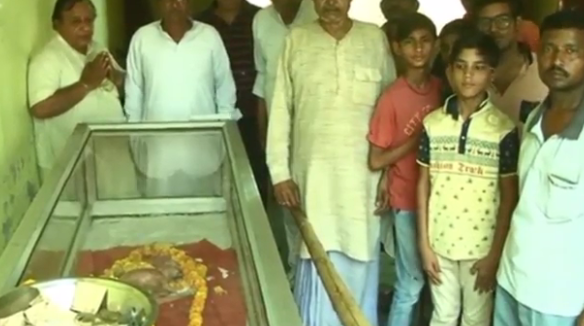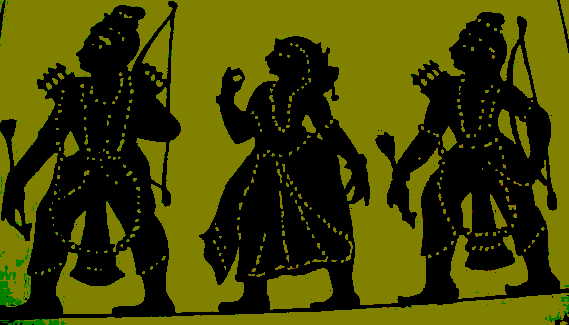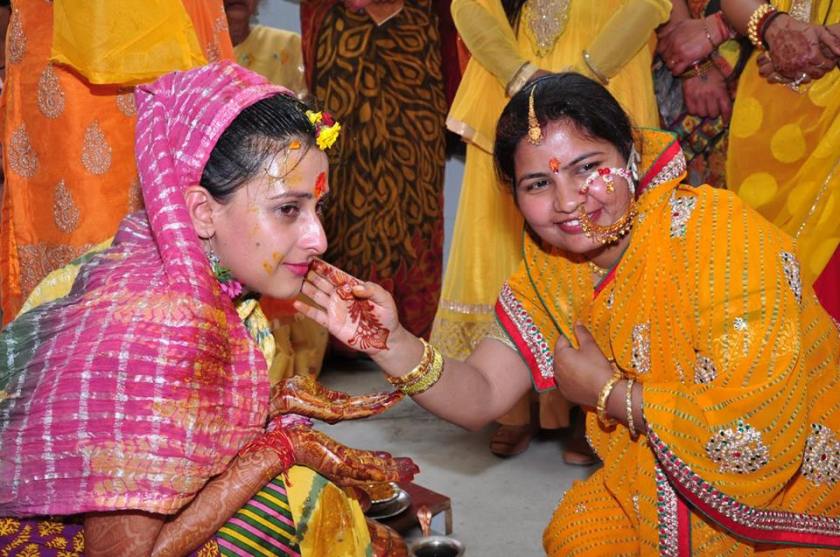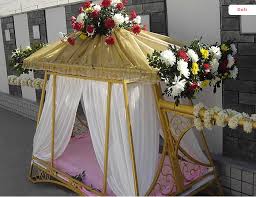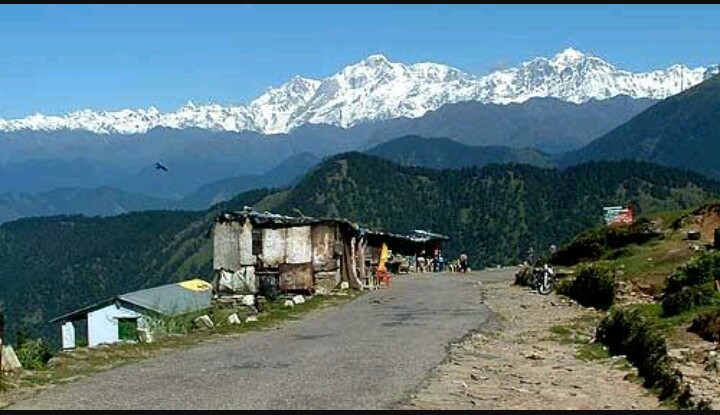Since the BJP came into power it seems, NDTV is being targeted again and again in the name of constitutional law. On Monday, Centeral Bureau of Investigation (CBI) raided the premises of NDTV founder, Prannoy Roy and his wife, Radhika Roy as they were suspected of causing a loss of Rs 48 crore to ICICI, a private bank.
NDTV was targeted because being the India’s one of the most trusted and the oldest channel, it has refused to follow the trend lines, when almost every channel to be on safer side has quietly readjusted their ideologies and journalistic charters. We all know that the channel’s financial shakiness has been one of the worst kept secrets in the media world. As there are no rules and laws meant to immune news organizations in our country, it is asserted that in Roys case, “the law is paving its own way.”
The two intense questions surfacing here are; can we trust CBI? And if not then, was it just a planned game to blemish NDTV’s image? Because ICICI has lodged no such complaint and NDTV, in its refutation to the CBI FIR, has released a letter from ICICI saying all its dues were fully paid to the bank. The question that then arises is why the CBI is so interested in a deal between a private firm (NDTV) and a private bank (ICICI), especially at a time when about Rs 10 lakh crore of debt remains unsettled to public sector banks from a dozen large corporate groups who have worked the system for years and postponed loan repayments. Something is clearly fishy here as the manner, circumstances and justification for the CBI raid was done beg more questions than it answers.
NDTV had also said in its official statement that the “CBI FIR is based on a shoddy complaint by a former disgruntled consultant…who has been making false allegations and filing court cases all these years but no court has accepted his petition”.

NDTV has claimed that on the part of India’s investigative agency, it was an extraordinary exercise of threatening and harassing the firm, to which Indian audience will definitely considered as rising of ‘Inspector Raj.’
While going through this case, Arnab Goswami’s phrase pondered into my mind, “the nation wants to know.” The only dissimilarity here is, the nation already knows that any private news channel generally cannot cater CBI attention just for being in a dispute with a private bank due to heavy debts.

When we talked about freedom of press, we welcome the contrasting views and criticism from the fourth pillar of Indian democracy. In any country diverse opinions must be encouraged because if each and every citizen will follow the ladder blindly then we might fall harder and ended up with some kind of despotic rule in our country which we had seen during the British Raj. But today the message which is being sent to the media fraternity is that “if you can drown out the voice of protest then you can resist for longer and if not, then survive at your own cost.”
In India, most of the common citizens are always at asymmetrical disadvantage while dealing with law and enforcement. We stumble on a situation where we have less evidence to fight for an innocent person who is found guilty by the law. Therefore, there is always a need for reliable and strong Judiciary to assure credible and independent investigation in any matter.
Nowadays we judge news channel from what they serve, while watching news it is easy to judge that one particular channel is funded by which political party. This shows that hypocrisy of media continuously manufacturing puppets for politicians and these puppets are being played in their hands and gradually leading towards ‘Dark Age.’

The raid confers a message to the rest of the media to stand together against such evident assaults on press freedom. In this era of selling and buying news, the Editor’s Guild of India raised some hopes when it expressed deep concern over the CBI raids as it has condemned any attempt to stifle the media and has sought due process of law to make sure that there is no intrusion in the free functioning of the media.



